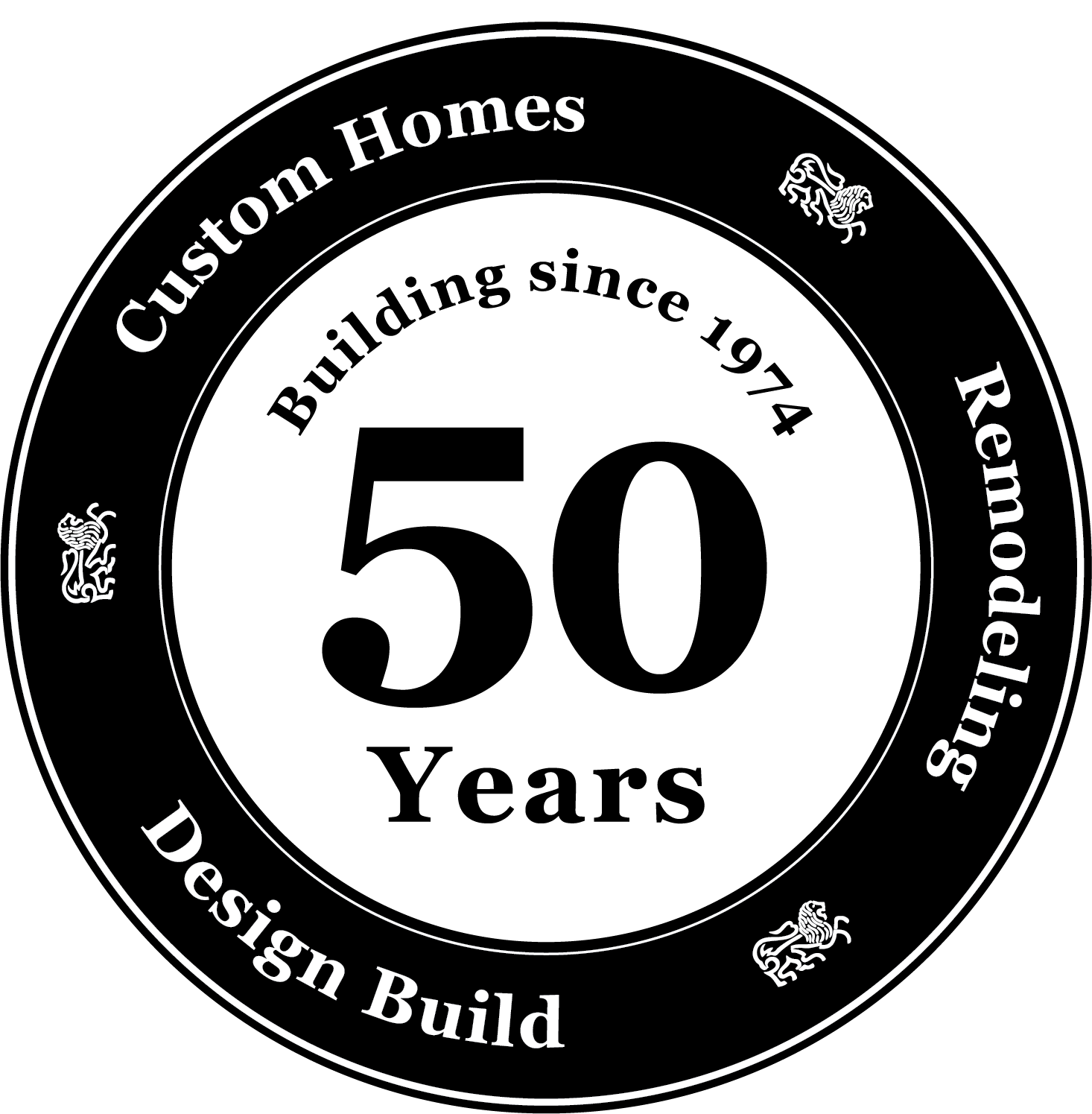Preparing to build your new custom home is an exhilarating process that can transform your dreams and visions of your own personal paradise into a tangible reality. Sometimes in the process of dreaming about our visions of perfection in our new, custom home, the list of “must haves” becomes increasingly longer than our budget will allow for.
When planning your custom home, it is important to begin with a list of needs versus wants to determine what items are non-negotiable and what items are back burner desires that can wait. Here is a basic description to get you started.
Needs. Needs are the things you must have in your home in order to survive and live adequately. These items include options such as close proximity to schools, number of bedrooms necessary, adequate yard for animals and children to play, space for a home office, a garage, reasonable driving distance from activities and work. These are things that cannot be changed once you move in and can’t be compromised.
Wants. Determining your wants in a home is often difficult. The items on this list can tend to spill over onto the “needs” list, when in reality these items are preferences. Wants are basically things you desire in your home. Where this gets tricky is, dividing a true want from a need. You may really want three bathrooms, but if you can settle for two bathrooms and one that shares with two bedrooms, you can save $30,000. When it comes to wants, think compromise. Can I sacrifice this for something more important or can I sacrifice this to save money?
Once your wants have been determined, prioritize them with an A, B, C system of importance and start to filter them into your home design plan as your budget allows.
Dividing your needs and your wants doesn’t mean you can’t have what you want in your new custom home, it just allows you prioritize what’s most important and start with those features when building. As your budget allows, you can begin to add in some of the more pressing wants into your house plan once you know how much they will cost you individually. Some of the “wants” items are less expensive when a builder is able to integrate them into the initial home design plan. Check with your builder to find out which of your “wants” can be added less expensively in the beginning.
Here are some categories to examine in order to determine which of these may need the greatest amount of focus when planning your custom home. Under each category, list what needs you have and what wants you think of in each area. For a more detailed checklist of needs vs. wants when building your custom home, click here and make your own inventory to discuss with your builder.
Family Needs
- Planning to start a family
- Have teenagers or aging parents living with you
- Parking space/garage space
Location
- Close to work or schools
- Secure neighborhood
Work space
- Home office
- Wiring possible for internet, second phone line, computer equipment
Maintenance
- Can you take on mowing and landscaping responsibilities?
- Would adding new performance materials to your home save you time in maintenance and physical labor?
Budget
- Can we afford wood floors, custom counter tops, or stainless appliances?
- Is a large master bath with a custom bathtub important or can we compromise in this house?
- If this feature meets your needs and wants then check your budget. If it fits your budget, add it in. If not, compromise in that area to stay on budget, especially if it’s a non-essential
Building your custom home is like a puzzle. You start with the edge pieces and fill in the middle. Begin with the non-negotiable aspects of your home and slowly integrate the wants you have always dreamed of. Remember, wants are features that can be changed and although you may not initially build your new custom home with these features, you can upgrade, add or install things like skylights, kitchen appliances or pools at a later time. Having a checklist helps you stay on track with your home budget and gives you a “wish list” of features to build on as the process develops and as funding probabilities increase. In the end, your dream home can be the living space you’ve always wanted, perfectly appointed with the things you need most.

